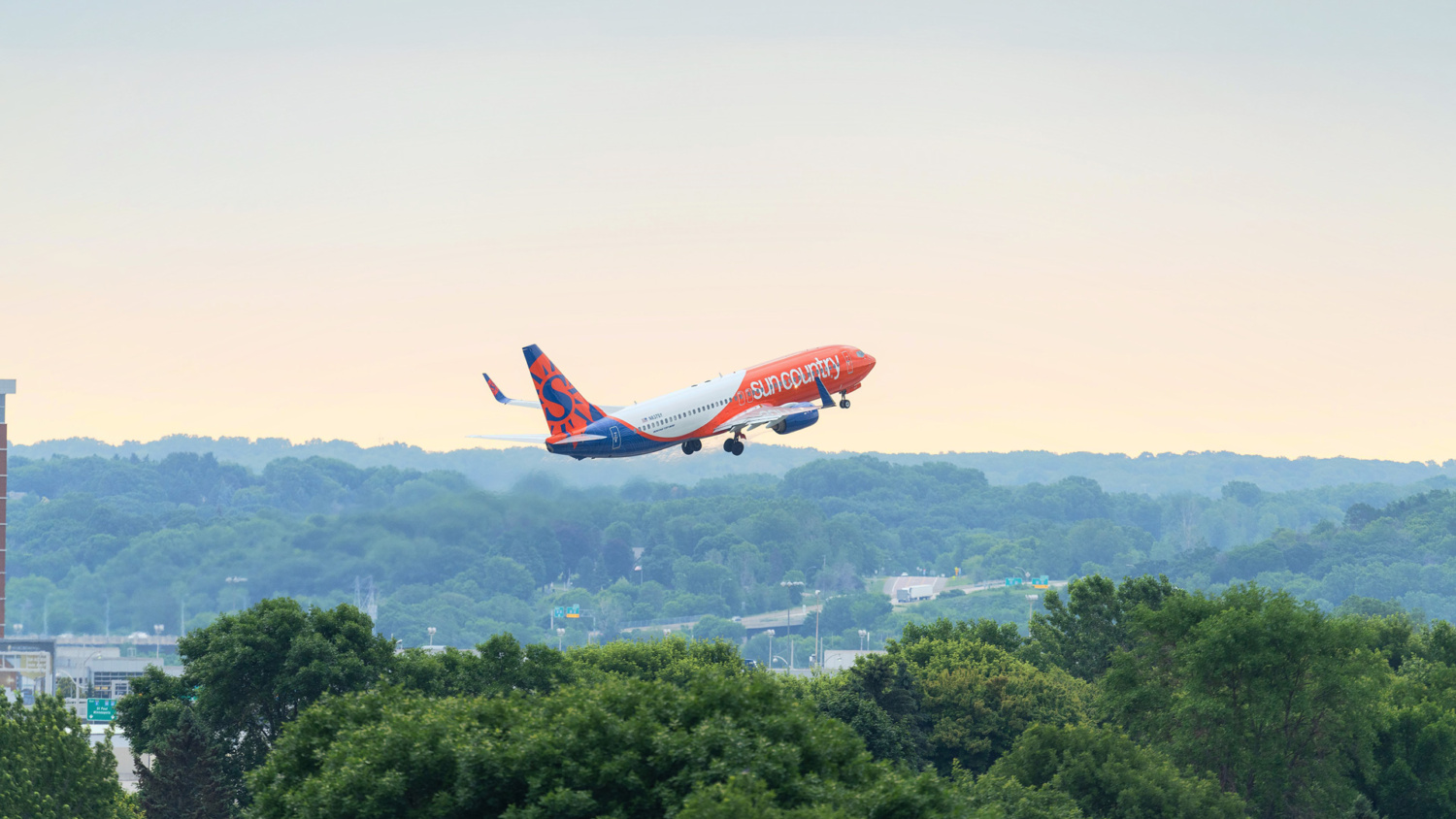Sun Country Airlines CEO Jude Bricker said the company will need around five to seven engines a year.
“It's one of the biggest challenges that we face right now,” said Bricker during JP Morgan's Industrials Conference on March 11, 2025. “We haven't done an engine overhaul — a sort of full performance restoration — for at least three to four years. We are super active in asset management — buying midlife aircraft, buying engines, running those aircraft and engines out to the end of their life and then tearing them down.”
The airline has a fleet of 45 737NGs for its passenger services, as well as 12 737-800 cargo aircraft through its contract with Amazon. Under the revised agreement, the airline's cargo fleet will increase to 20 737-800s with the first expected in the first quarter of this year, and the remaining seven expected by the third quarter of this year. Sun Country does not operate new aircraft.
“We tore down our first airframe last year and we'll do another one this year,” continued Bricker. “That's how we run the fleet. Key to that is a continued supply of engines. They're out there, but they're more expensive than before.”
He noted that the company had just bought an engine “a few days ago” and is continuing to “be on the hunt” for new engines.
“We probably need five to seven engines a year,” he said. “If we can't get them at the prices we want, we're just going to have to deal with the higher costs. Acquiring green-time engines is important to the model.”
Bricker said the Amazon contract will “double” its cargo revenues, supported by the additional fleet. However, the airline had trimmed total revenues for the first quarter of 2025 are expected to be $325 to $330 million, down from its previous guidance of $330 to $340 million. The trimming follows other US airlines who all cited a softening domestic demand. Bricker said this reduction was driven by the additional eight aircraft in “a very short period of time”.
“All this reduction is basically in the schedule service side of the business,” said Bricker. "We'll obviously pull out the lowest contributing routes, which should lead to significant unit revenue improvements." He said there will be reduction in its passenger business for the full year.
“We're probably looking at 2-4% total growth when you look at first quarter growth and shrinking for the rest of the year,” he said.
During the conference, the word ‘recession’ cropped up several times. When asked about Sun Country's plan in the event of a recession, Bricker said: “In a recession, we're going to get smaller. A lot of our fleet today is parked on Tuesday and Wednesday because people don't start or end vacations on those days, and we're all leisure traffic. We will match the size of this airline to the demand environment and if that means parking aircraft, tearing aircraft down if it's longer term — that's how we'll respond to sustained reductions in demand.”
The airline boss added that the low cost assets justified themselves with only peak flying.
When asked on what part of the Sun Country would not lend itself to M&A, Bricker said its cargo business may be “complex”. He added: "Its unique and it's not like it plugs into someone else's cargo business in a significant way. It would be something that is new."
Interestingly, he continued on other aspects of the business that could “fit in well” for consolidation, making sure to highlight Alaska Airlines.
“The charter business could fit in well with other airlines who charter,” he said. “We would fit in best with other carriers that schedule in a similar way to us. Alaska just bought Hawaiian, which has a big Amazon deal — that's probably the thing that comes to mind.”
While signalling an interest, a deal is perhaps unlikely at present as Alaska is still in the process of integrating Hawaiian into the fold.
Fuel costs are down slightly at $2.70 per gallon, compared to original guidance of $2.76 per gallon. Operating income margin had originally been forecast to be 17-21%, with the company estimating it to be on the lower end of its guidance.

